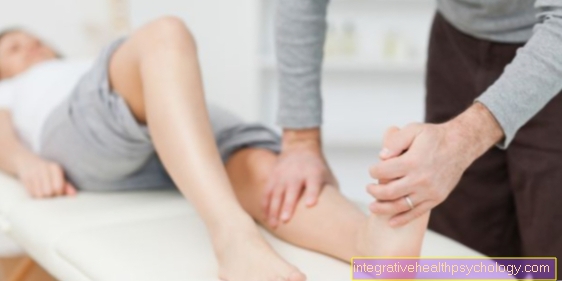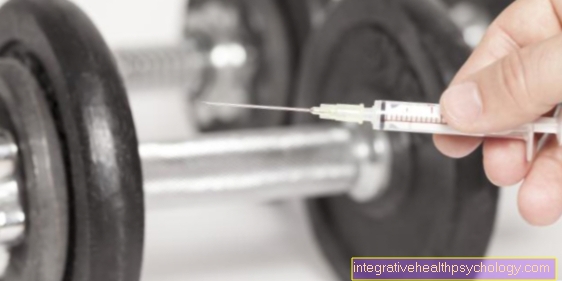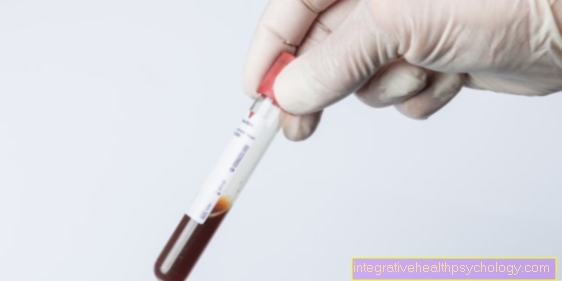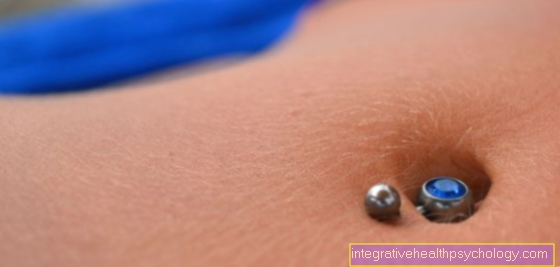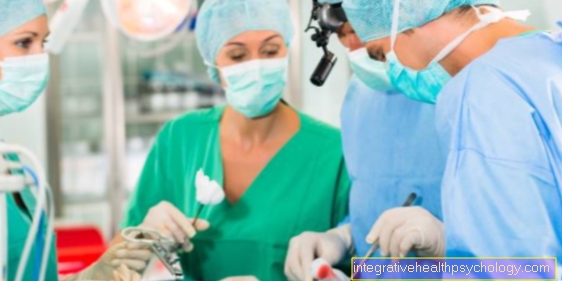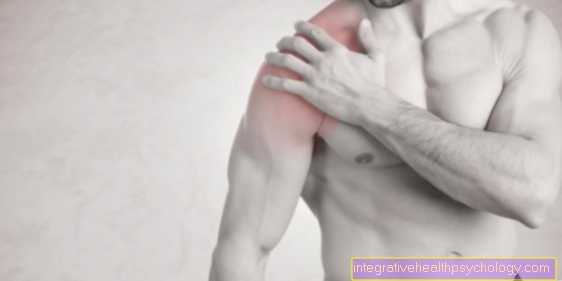Torn tendon in the shoulder
definition
The shoulder is a ball joint that is almost completely encompassed, guided, moved and stabilized by muscles. The muscles that have a significant influence on the mobility of the shoulder are the so-called "rotator cuff". The rotator cuff, together with the biceps muscle and numerous other muscles and ligaments, enables many movements in the shoulder joint. The tendons of the muscles that attach the muscle to a bone can be damaged, inflamed or torn due to various causes. The movement of the shoulder is involved in all actions in everyday life. Damage to the muscles and tendons of the shoulder therefore has a significant impact on everyday movements.

causes
The causes of a tendon tear in the shoulder can be numerous. The tight structures in the joint, as well as the multiple involvement of the shoulder in movements in everyday life and sports, lead to susceptibility to injury. In this way, accident-related, degenerative or inflammatory causes can be distinguished from one another.
Accidental crack
Accidents are one of the most common causes of shoulder tendon tears. Jerky movements or the application of heavy forces can tear tendons.In many cases, the tendons are already damaged by previous loads, which is why there is an interplay of several causes. The most important accidents in which tendon tears in the shoulder occur are falls on the outstretched arm and sudden forces on the bent forearms. Sudden holding on in the event of a fall or jerky direct influences on the upper arm can also cause the tendons to tear. The tendons of the rotator cuff and the biceps muscle in the upper arm are particularly affected.
You can find more information about biceps tendon tears and which exercises help with healing here: Biceps tendon tear and physiotherapy for biceps tendon tear
Degenerative crack
Other common causes of tendon tears in the shoulder are degenerative changes in the tendons. This means that the tendons have shown signs of wear and tear over a long period of time. Signs of wear and tear on parts of the rotator cuff muscles due to the tightness of the shoulder joint are very typical. The shoulder roof, the so-called "acromion", severely restricts the space in the shoulder joint. Bony attachments, calcium deposits and constant rubbing when moving the shoulder can cause the tendons to wear out over the years and suddenly tear due to minor loads. In addition, there is a reduced blood flow to the tendons below the shoulder roof, which makes them more susceptible and vulnerable.
Inflammatory rheumatic crack
In rarer cases, an inflammatory rheumatic cause can be behind the tendon tear in the shoulder. Rheumatic diseases can settle in joints and lead to inflammation. The inflammation can affect the cartilage, the bursa, the synovial membrane, as well as tendons and muscles. This causes the tendons to become inflamed and swollen, making them soften and unstable. Here, too, after a long period of previous damage due to so-called “inadequate trauma”, the tendon tears off. This means that the tendon suddenly breaks, even though the force was only slight.
Appointment with a shoulder specialist

I would be happy to advise you!
Who am I?
My name is Carmen Heinz. I am a specialist in orthopedics and trauma surgery in the specialist team of .
The shoulder joint is one of the most complicated joints in the human body.
The treatment of the shoulder (rotator cuff, impingement syndrome, calcified shoulder (tendinosis calcarea, biceps tendon, etc.) therefore requires a lot of experience.
I treat a wide variety of shoulder diseases in a conservative way.
The aim of any therapy is treatment with full recovery without surgery.
Which therapy achieves the best results in the long term can only be determined after looking at all of the information (Examination, X-ray, ultrasound, MRI, etc.) be assessed.
You can find me in:
- Lumedis - your orthopedic surgeon
Kaiserstrasse 14
60311 Frankfurt am Main
Directly to the online appointment arrangement
Unfortunately, it is currently only possible to make an appointment with private health insurers. I hope for your understanding!
You can find more information about myself at Carmen Heinz.
Symptoms
The main symptom of a torn tendon in the shoulder is pain. The pain can vary in severity and can sometimes be associated with considerable restrictions in everyday life. They can occur at rest and when moving and can also cause considerable discomfort at night. Even everyday activities such as dressing and grasping and lifting objects can be considerably restricted.
Depending on the exact location of the tendon tear, there may also be restricted mobility. The complete rupture of the tendon inevitably leads to a complete restriction of the associated muscle. Only the biceps muscle has several tendons and still has most of its functions even after a tendon rupture. Acutely, the injury process can lead to bleeding, overheating and swelling of the shoulder. This could be tendinitis or bruises caused by the accident.
Nocturnal pain
Nocturnal pain is a special torment for those affected. The pain can appear permanently at night and be triggered by external pressure or movements of the arms. Those affected are often plagued by pain, especially when lying on their side. The pain often leads to significantly reduced recovery at night and illustrates the severe suffering that shoulder patients often experience.
Torn supraspinatus tendon
The supraspinatus tendon is one of four tendons that are classified as part of the so-called "rotator cuff". As the name suggests, these four muscles play a key role in the rotation in the shoulder joint and pull from parts of the shoulder blade to the humerus. The supraspinatus tendon runs flat over the head of the humerus. On the shoulder blade it passes under the roof of the shoulder, the acromion. There is an anatomical constriction that leads to wear and tear for many people in the course of their lives. At this point, blood flow to the tendon is reduced. Furthermore, when the arm is raised, it bumps into the roof of the shoulder. This can damage and weaken the tendon over the years. In addition to wear and tear, calcium often forms in this joint region, which is deposited in the soft tissues and also leads to pain and can damage tendons. If there is sufficient previous damage, a slight, abrupt movement may be sufficient to tear the tendon. It can be assumed that more than half of all people over the age of 50 already show signs of wear in the supraspinatus tendon.
Torn long biceps tendon
As its name suggests, the biceps tendon has two heads and thus two tendons that attach at different points. The biceps muscle is primarily involved in the flexion of the elbow and the outward rotation of the forearm, making it one of the largest muscles in the upper arm. The long biceps tendon runs over the front shoulder joint and attaches to the shoulder blade. This part of the tendon is most commonly affected. Typically, the tendon can tear or become inflamed and cause severe pain. The biceps tendon, together with the supraspinatus tendon, is more frequently affected by wear and tear and long-term degenerative changes. It can also be influenced by tightness and calcium deposits under the shoulder roof. Constant pressure on the tendon can cause it to become irritated and inflamed, causing it to fray and become unstable.
A previously damaged tendon can tear, for example, when the forearms are jerked when the elbows are bent. A typical accident is catching a heavy object with your arms bent. In addition to pain, there are often external abnormalities in the muscle on the upper arm. When the tendon tears, the muscle slides deeper into the upper arm and is noticeable as a prominent dent in the upper arm. The tendon tear does not always have to be treated, as the functional limitation is hardly limited due to the short biceps tendon that is still present.
You can find more information about biceps tendon tears and which exercises help with healing here: Biceps tendon tear and physiotherapy for biceps tendon tear
diagnosis
The diagnosis begins with a detailed questioning and physical examination of the patient. Pain in combination with typical movement restrictions already indicate damage to the tendons of the shoulder. Depending on the tendon affected, different movements in the shoulder are restricted.
An experienced orthopedic surgeon can then use an ultrasound scan to detect inflammation, degenerative changes, and tears in the tendons of the shoulder muscles.
With the help of an X-ray examination, the bony structures of the shoulder and any calcium deposits in the shoulder joint can also be examined. Any abnormalities in the bones or calcium deposits can provide important information on the cause of the injury and degeneration of the tendons. In most cases, these measures are sufficient to diagnose a torn tendon.
An MRI scan can be performed to better diagnose more complex tendon injuries, partial tears and small degenerative changes.
What can you see in the MRI of the shoulder?
The MRT examination can be carried out in addition to ultrasound and X-ray diagnostics. In the MRI, the bony parts are difficult to show, but the soft tissue, cartilage, tendons and muscles can be shown. The MRT examination works entirely without radiation and delivers high-resolution three-dimensional images from inside the shoulder.
Complete tears of tendons of the shoulder can be clearly shown here, but partial tears, thickenings, degenerative inflammations and accompanying injuries can also be clearly identified. The MRI can also show inflammatory changes in the tendons. The long biceps tendon, in particular, is often irritated and inflamed after acute injuries, degenerative changes and severe shoulder tightness.
therapy
Injuries to the tendons on the shoulder can be treated conservatively and surgically in many ways. Some tendon tears that do not cause symptoms do not require surgery in all cases. A tear in the long biceps tendon hardly causes any functional restrictions, which is why in many cases it does not require treatment. Irritation of the tendons can often subside with rest and drug therapies. Calcium deposits can also dissolve on their own or with the help of shock wave therapy, which reduces the symptoms in the shoulder.
Complete or partial tendon tears can be treated and fixed. This is done as part of an arthroscopy or with the help of open surgery. Very rarely is the pain and damage to the shoulder so severe that a shoulder prosthesis is necessary.
Exercises
When the shoulder hurts, the joint is often spared and immobilized to prevent damage, irritation, and inflammation to tendons, the bursa, or other structures in the shoulder. However, to maintain mobility in the shoulder and perform everyday tasks again, light exercises can provide relief for the shoulder.
First, the shoulders can be moved back and forth in a circular motion while standing in order to loosen the joint and muscles.
In a subsequent exercise, a kneeling position can be taken on all fours. Then you should try to walk slowly with your back into a hollow back and lower your upper body to the floor with your arms outstretched.
In a third exercise, the straight arms can be slowly pulled back while standing. If you stand about 30 cm with your back in front of a wall, the stretched arms can be pressed against the wall with slowly increasing force.
It is important for shoulder injuries that none of the exercises should be done against the pain.
Medication
Drug pain therapy is very useful for shoulder complaints. Torn tendons in the shoulder can cause significant pain at night and during the day with everyday activities. In order to enable everyday life for the duration of the treatment, the pain should be treated with appropriate pain medication. Initially, drugs from the group of NSAIDs can be taken. These include means such as "Ibuprofen", "Diclofenac" and "Indomethacin". They can be combined with each other if necessary, but attention must be paid to the maximum dose.
In addition, for very severe shoulder pain, different strength opioids such as "Tilidine" or "Morphine" can be used.
The pain medication should only be taken temporarily until causal therapy for the tendon rupture has been initiated.
Indications and course of an operation
Shoulder pain can be caused by torn tendons, tendinitis, calcium deposits, constrictions under the roof of the shoulder, wear and tear and numerous other diseases. If the pain persists for a longer period of time even after the joint has been protected and immobilized, an operation is often necessary.
Arthroscopy can be used to remove inflammatory structures in the shoulder, repair shoulder stenoses, and sever inflamed tendons. Numerous other defects of the shoulder can be treated easily with the help of the jointoscopy. Torn tendons can then be reattached. Severely damaged shoulder joints can often not be improved even with the arthroscopy. Joint replacement may be indicated, depending on the patient's suffering.
Duration of healing
The healing time is often protracted in shoulder diseases and after shoulder operations. Shoulder pain of any kind can in many cases be chronic and, if left untreated, persist for months and years. Even after shoulder operations, the follow-up treatment is often lengthy.
Sutures of torn tendons must heal firmly in order to ensure stability in the future and to achieve a good treatment result. For this purpose, the shoulder must be relieved for about 6 weeks after an operation. Even afterwards, full loads and sports exercises can only be built up after slow training over several weeks.
Length of sick leave
The length of the sick leave depends on the exact shoulder injury and the occupation. Shoulder diseases can often be protracted and in many cases require several weeks of arm relief. After shoulder operations with sutures of a torn tendon, 6 weeks of relief are often required. During this period, neither office nor physically demanding jobs can be carried out. The rehabilitation phase can then also last for weeks. In consultation with the doctor and depending on the type of activity, individual professions can be resumed during this period.

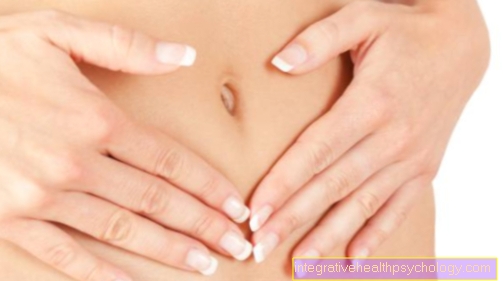
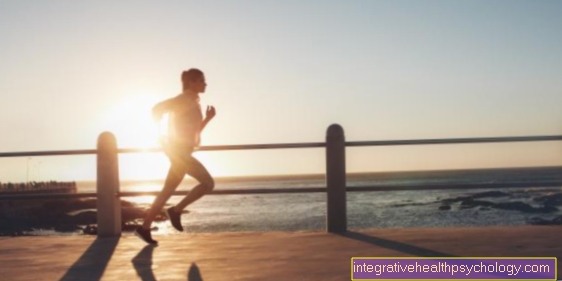


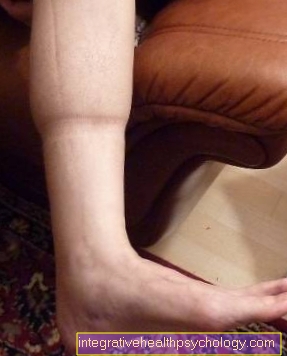

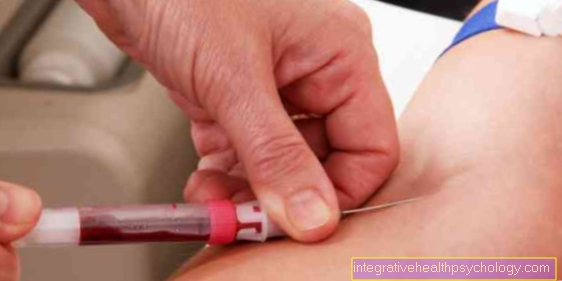

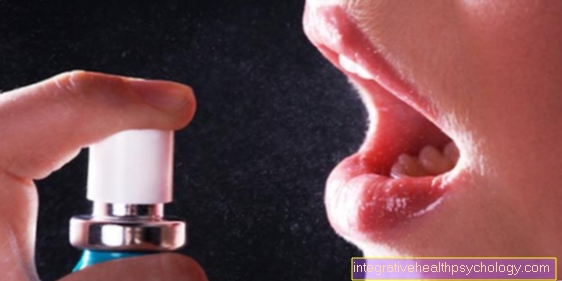
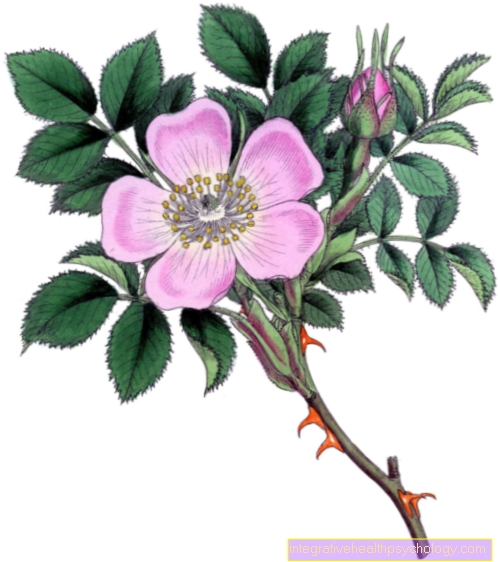


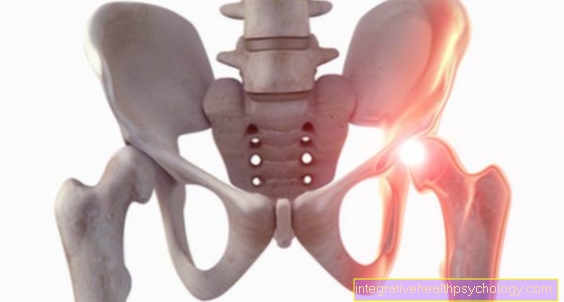

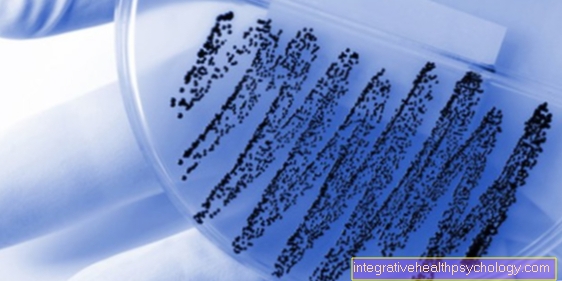

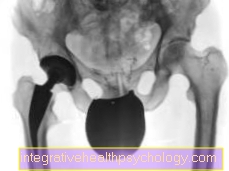
.jpg)
